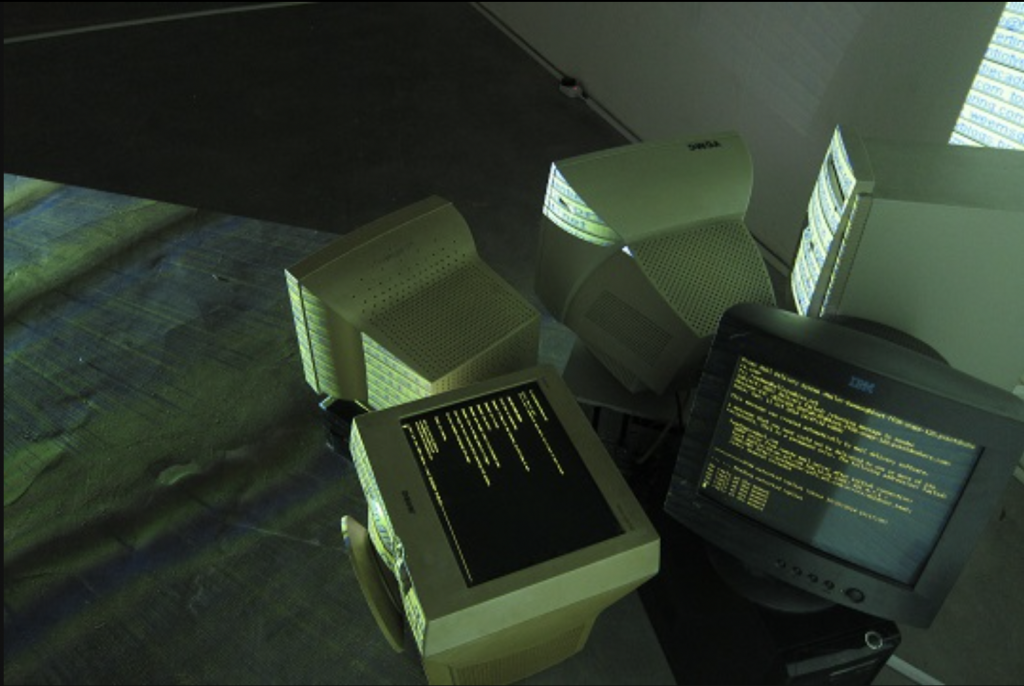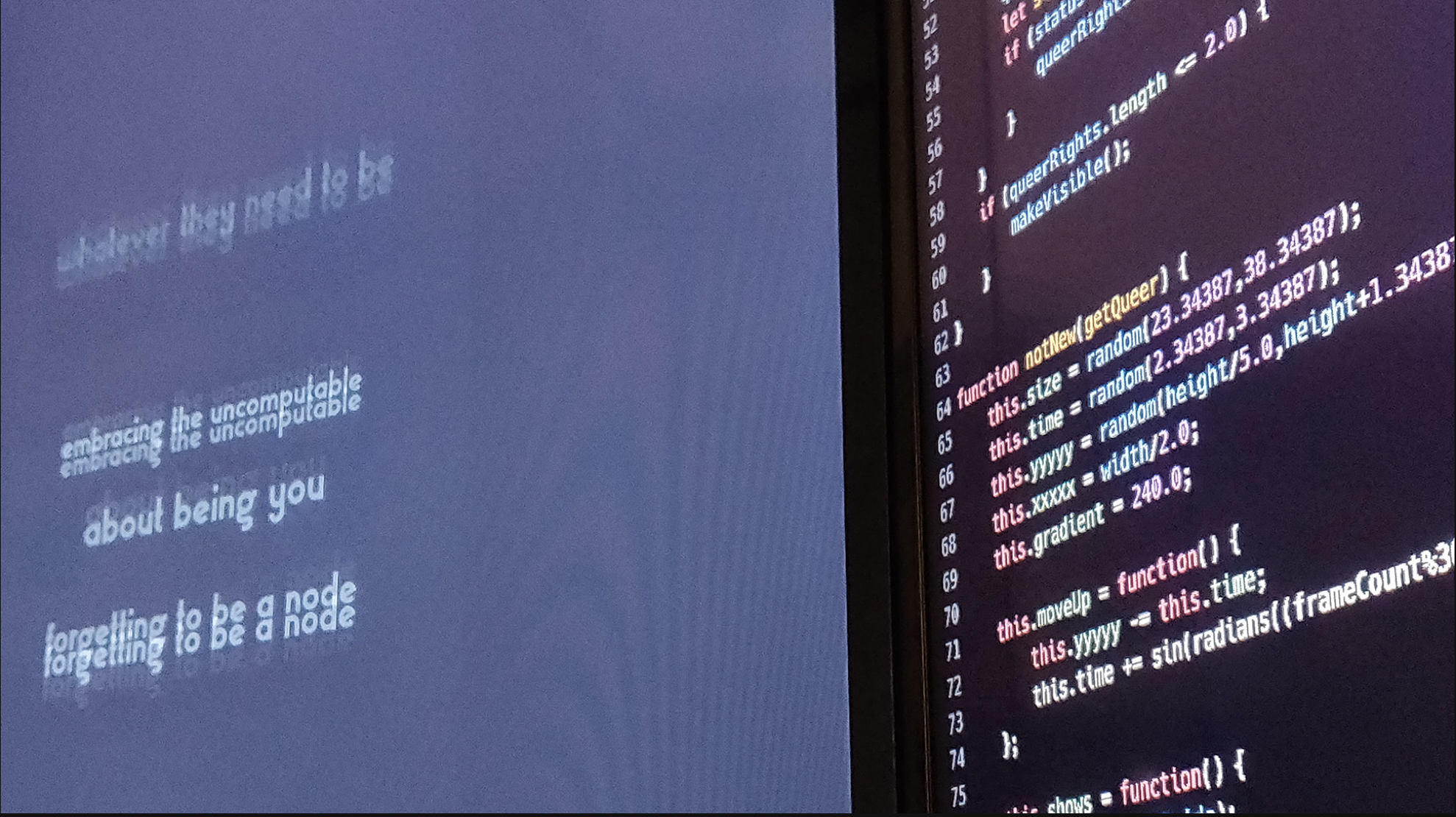With technology perpetually advancing, questions are continuously raised about the relationship between art and computing. As artificial intelligence models gain increasing purchase, this discourse has been coming to the fore once again. The artist and researcher Winnie Soon is not interested in binary thinking about this relationship; instead, she is “interested in thinking with, and through, programming.” The discussion about art, literature, and technology often feels fraught and contentions; in this edition of our recurring series highlighting visual work from our archives, we revisit Soon’s visual feature from our January 2020 issue, which models a richer, more complex view.
For me, the notion of queerness has to do with thinking beyond binary and normative categorization, questioning the assumptions behind such distinction. For example, some people might think that the computer is a functional tool and use it just to realize their thoughts or to achieve certain goals; or they might consider computer programming as a means to build platforms, apps, and gadgets in the neoliberal context in which we often come across these applications in contemporary culture. To invite various participants to donate their voices is a way of thinking about how we might challenge the norms of everyday practices, including computing. The project asks, what does it mean when human voices are computerized and performed within a formal logic, and how might I, as artist-programmer, play with the program code as the in-betweenness of formal logics and natural languages?

Regarding the question of living and nonliving, we are less interested in that dichotomy, but in how the body is part of the integrated human-machine system. We wanted to problematize such distinctions of machine and human, living and non-living, questioning the concept of voices in the context of digital culture. In this work, there are humans and possibly bots that are represented, translated, or even mediated, via a real-time computational process. READ MORE…

